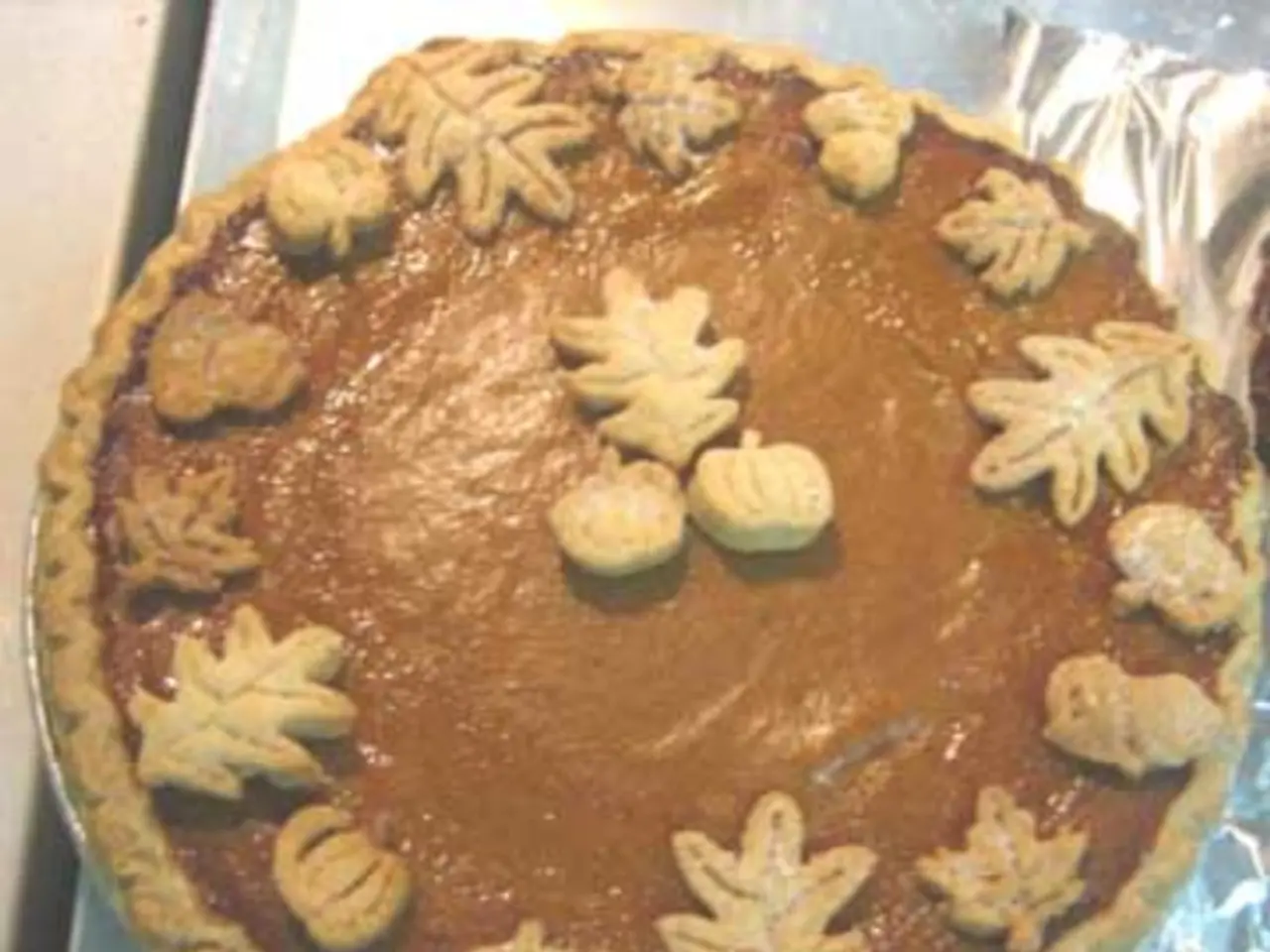Aluminum-based Electrical Configuration
Discover the fascinating world of electricity and engineering with these simple and engaging aluminum foil circuit activities designed for kids. These activities are perfect for hands-on, exploratory learning and can be easily carried out using everyday materials.
Basic Aluminum Foil Circuit
Start with a basic aluminum foil circuit to understand the fundamentals of electricity. Use aluminum foil strips as conductive paths, a small battery (either coin cell or AA), an LED light, and foil strips to create a simple closed circuit. Demonstrate the flow of electricity when the foil connects both battery terminals and the LED leads, and show what happens when the circuit is open or closed.
Different Types of Circuits
Explore various types of circuits, such as series and parallel circuits. In a series circuit, connect multiple LEDs and foil strips in a line with the battery to understand how the breakage of a single component results in the entire circuit being open and all LEDs going off. In a parallel circuit, create branches of foil strips connecting the battery to each LED independently, allowing each LED to stay lit even if another LED or foil strip is disconnected.
Materials to Test Conductivity
Test the conductivity of various household items, such as aluminum foil, copper tape, pencil graphite, paper clips, small wires, coins, paper, plastic, and cloth, by placing them in the circuit path. This activity helps kids learn what materials conduct electricity and which don't.
Extension Activities
Extend your learning by incorporating buzzers or small motors to build simple toys like a buzzing pad or spinning bot. Create light-up cards or artwork by combining foil circuits with paper and small LEDs. Build switches using folded foil sections to open and close circuits, and explore how different batteries (AA and coin cell) affect circuits. Encourage creativity and problem-solving by having kids invent new toys or games using these materials, similar to STEM kits.
These activities are an excellent way to learn about electricity and engineering in a fun and interactive manner. For a more structured curriculum with projects like dancing dolls, spinning toys, buzzing pads, and glowing cards, consider programs like WIZKIDS CLUB, which offer step-by-step guides using aluminum foil, batteries, LEDs, motors, and buzzers.
To set up the circuit path, use a free template or plain paper and tape the strips of foil onto it to create your circuit path. Prepare the aluminum strips by cutting pieces of foil to create strips of aluminum foil (or foil wire). These strips will act as the "wires" for your circuit. The small light bulb is the load in the circuit, using the electricity provided by the battery. Attach the light bulb by stripping the ends of the wires from the small light bulb and securingly taping the ends of the wires to the aluminum strip at two separate points. The aluminum strips act as conductive materials in the circuit.
With adult supervision, you can create a working circuit demonstrating how energy flows from a power source to a load using aluminum strips, batteries, and a small light bulb. These activities are ideal for grades 3-6 and introduce key electrical engineering concepts in a fun and interactive way.
[1] WIZKIDS CLUB [2] Aluminum Foil Circuit Activities [3] Aluminum Foil Circuit [4] Aluminum Foil Circuit Experiment
- The aluminum foil circuit activities are an exciting way to learn about the fascinating world of art, science, engineering, education-and-self-development, and STEM, all while having fun.
- These activities are perfect for kids, providing hands-on, exploratory learning opportunities that can be easily carried out using everyday materials like aluminum foil, batteries, LED lights, and various printables.
- Start with a basic aluminum foil circuit to understand the fundamentals of electricity, using strips of aluminum foil as conductive paths, a small battery, an LED light, and foil strips to create a simple closed circuit.
- Test the conductivity of various household items by placing them in the circuit path, such as aluminum foil, copper tape, pencil graphite, paper clips, small wires, coins, paper, plastic, and cloth, to help kids learn about materials that conduct electricity and those that don't.
- Extension activities can be incorporated to further advance learning, like building simple toys using buzzers or small motors, creating light-up cards or artwork with paper and small LEDs, and constructing switches using folded foil sections for opening and closing circuits.
- For a more structured curriculum, programs like WIZKIDS CLUB offer projects and step-by-step guides using aluminum foil, batteries, LEDs, motors, and buzzers.
- With adult supervision, kids can create working circuits demonstrating the flow of energy from a power source to a load, using aluminum strips, batteries, and a small light bulb, making these activities ideal for grades 3-6.
- Prepare the aluminum strips by cutting pieces of foil to create strips of aluminum foil, which will act as the "wires" for the circuit, and use a free template or plain paper to set up the circuit path.




